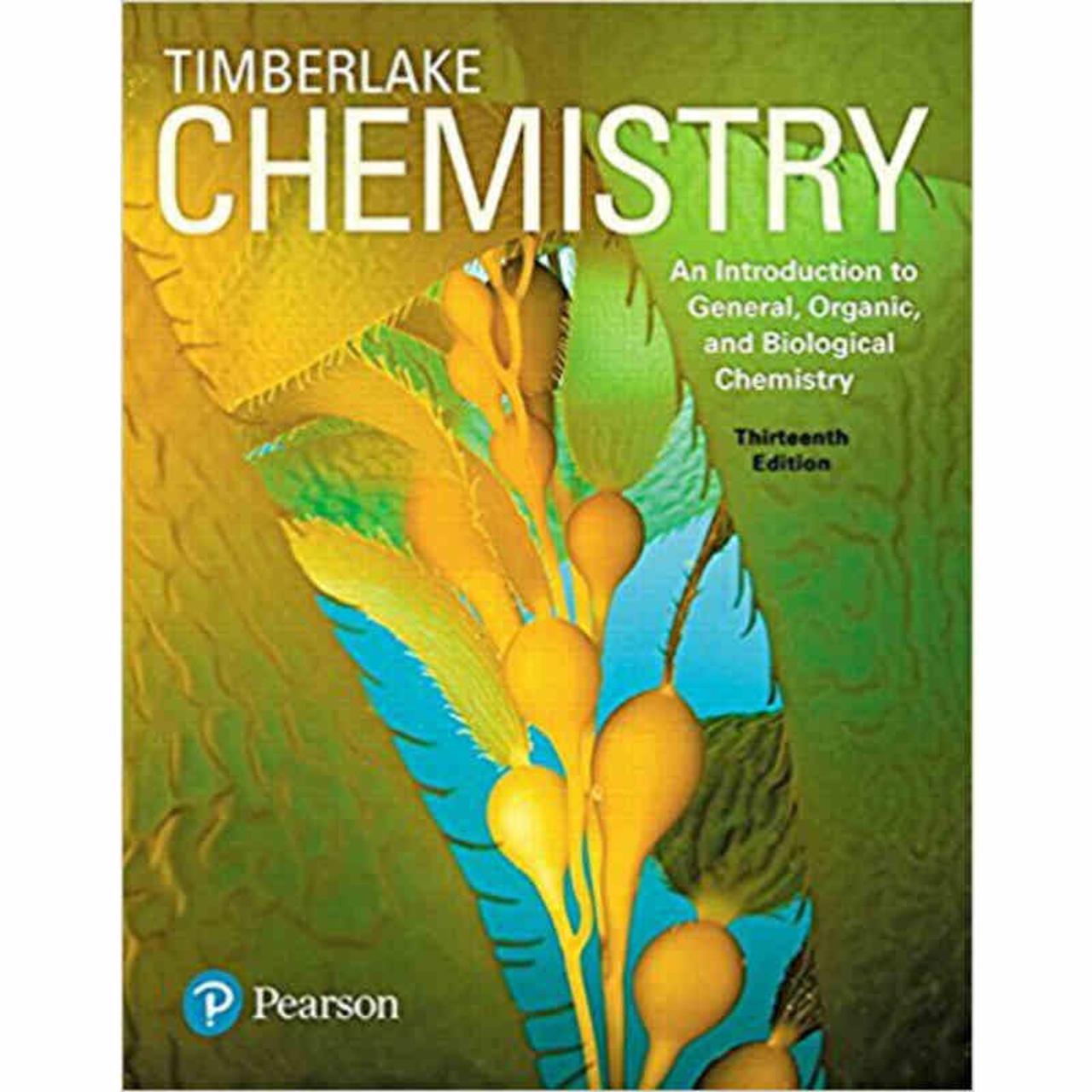Introduction to general organic and biochemistry 12th edition – Introduction to General, Organic, and Biochemistry, 12th Edition, invites readers to delve into the captivating world of chemistry and biochemistry. This comprehensive textbook presents a thorough exploration of the fundamental principles governing the structure, properties, and reactivity of matter, with a particular emphasis on the role of these principles in biological systems.
From the intricate dance of chemical bonding to the complex interplay of biomolecules, this book provides a deep understanding of the molecular basis of life. With its engaging narrative and accessible explanations, Introduction to General, Organic, and Biochemistry, 12th Edition, empowers readers to unravel the mysteries of the chemical world and appreciate its profound impact on our lives.
Introduction
General, organic, and biochemistry are fundamental sciences that play a crucial role in understanding the structure and function of living organisms and the world around us. They provide a comprehensive framework for exploring the chemical basis of life and the processes that govern biological systems.
The 12th edition of the textbook, Introduction to General, Organic, and Biochemistry, offers a comprehensive and up-to-date treatment of these disciplines. It provides a thorough grounding in the principles of chemistry, organic chemistry, and biochemistry, with a strong emphasis on their applications in biological systems.
Chemical Structures and Bonding

Fundamental Principles of Chemical Bonding
Chemical bonding involves the attraction between atoms or ions, leading to the formation of molecules and compounds. The three main types of chemical bonding are ionic, covalent, and hydrogen bonding.
Ionic bonding occurs between atoms with significantly different electronegativities, resulting in the transfer of electrons from one atom to another. Covalent bonding involves the sharing of electrons between atoms, forming a strong and stable bond. Hydrogen bonding is a weak electrostatic interaction between a hydrogen atom covalently bonded to an electronegative atom and another electronegative atom.
Relationship between Molecular Structure and Properties
The structure of a molecule, including its bond lengths, bond angles, and molecular geometry, influences its physical and chemical properties. For example, molecules with strong covalent bonds tend to be more stable and less reactive than those with weaker bonds.
Similarly, the molecular geometry can affect the polarity of a molecule and its ability to interact with other molecules.
Organic Molecules
Major Classes of Organic Compounds, Introduction to general organic and biochemistry 12th edition
Organic compounds contain carbon and hydrogen atoms and may also contain other elements such as oxygen, nitrogen, and sulfur. The major classes of organic compounds include alkanes, alkenes, alkynes, and aromatic compounds.
- Alkanes are saturated hydrocarbons with only single bonds between carbon atoms.
- Alkenes contain at least one carbon-carbon double bond.
- Alkynes contain at least one carbon-carbon triple bond.
- Aromatic compounds contain a benzene ring, a six-membered ring of carbon atoms with alternating single and double bonds.
Nomenclature, Structure, and Reactivity
The International Union of Pure and Applied Chemistry (IUPAC) provides systematic rules for naming organic compounds based on their structure. The structure of an organic compound can be represented using various models, including Lewis structures, condensed structural formulas, and molecular models.
The reactivity of organic compounds depends on their functional groups, which are specific arrangements of atoms within the molecule. Different functional groups have characteristic chemical properties that determine how the compound will react with other molecules.
Clarifying Questions: Introduction To General Organic And Biochemistry 12th Edition
What is the scope of Introduction to General, Organic, and Biochemistry, 12th Edition?
This textbook covers the fundamental principles of chemistry and biochemistry, including chemical bonding, molecular structure, organic compounds, biomolecules, metabolism, genetics, and chemical applications in biology.
Who is the target audience for this book?
Introduction to General, Organic, and Biochemistry, 12th Edition, is designed for undergraduate students majoring in chemistry, biochemistry, biology, and related fields.
What are the key features of this edition?
The 12th edition features updated content, new examples, and enhanced pedagogical tools to improve student learning and engagement.

